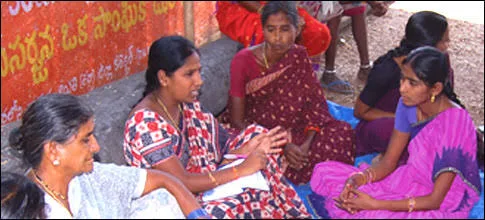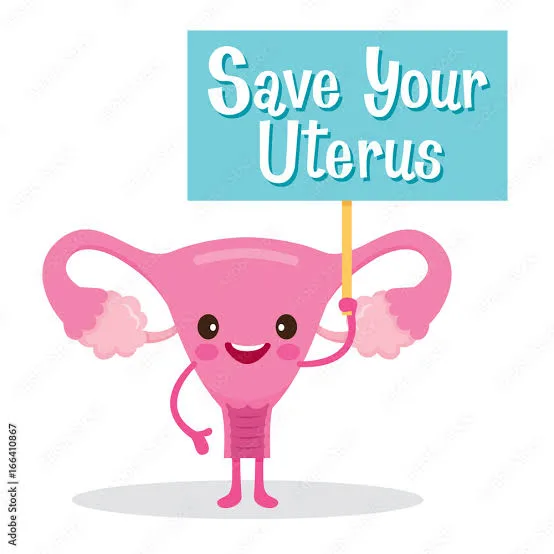A recent study has uncovered troubling trends in the prevalence of hysterectomy, a surgical procedure to remove the uterus, among Indian women. The research, published in the Journal of Medical Evidence, reveals that 4.8% of women in the reproductive age group (25-49 years) have undergone the procedure, with agricultural workers experiencing the highest prevalence at 6.8%. Alarmingly, many of these women are utilising government health insurance schemes for what researchers believe to be unnecessary surgeries.

Hysterectomy, typically performed to treat conditions such as excessive menstrual bleeding, fibroids, or uterine disorders, has become a significant public health concern in India. The study, led by Gaurav Suresh Gunnal of the International Institute of Population Sciences, Mumbai, and Dr Sudeshna Roy of the National Institute of Health and Family Welfare, New Delhi, explores the patterns of hysterectomy and identifies contributing factors, including occupational hazards, socioeconomic status, and misuse of health insurance.

What is a Hysterectomy?
A hysterectomy is a surgical operation in which a woman’s uterus is removed. This procedure may be recommended for various medical reasons, such as treating uterine cancer, fibroids, endometriosis, chronic pelvic pain, or severe bleeding. While it is a common and sometimes necessary treatment, it carries risks, including hormonal imbalances, early menopause, and long-term health complications, especially when performed unnecessarily.
The study highlights significant regional and occupational disparities, with agricultural workers being particularly vulnerable. Exposure to pesticides and strenuous labour in rural areas leads to increased gynaecological problems, making hysterectomy seem like a solution for managing work demands. Many agricultural workers are unaware of less-invasive alternatives to surgery.

Ironically, the study found that women with health insurance were 10% more likely to undergo a hysterectomy, suggesting that insurance schemes in certain states, like Bihar and Chhattisgarh, are being exploited by private healthcare facilities for financial gain. The misuse of health insurance for non-essential surgeries highlights systemic gaps in regulation and oversight of healthcare practices.
Socioeconomic Factors at Play
The research also highlights the influence of socioeconomic factors on the likelihood of undergoing a hysterectomy. Women in rural areas are 30% more likely to have the procedure compared to urban women. Additionally, those with lower levels of education and higher parity (having multiple children) are at increased risk. Despite their lack of education, wealthier women are more likely to afford the surgery, further complicating the socioeconomic dynamics of healthcare access.

The study found that excessive menstrual bleeding was the most common reason for the procedure, followed by fibroids and uterine disorders. However, many women, particularly those in rural or under-educated communities, remain unaware of the long-term consequences of hysterectomy, such as early menopause and increased risks of osteoporosis and cardiovascular disease.
Urgent Need for Policy Intervention
The study’s findings underscore the need for immediate policy reforms to address the rising rates of unnecessary hysterectomies. Strengthening public healthcare systems, improving access to gynaecological counselling, and increasing awareness about menstrual health and reproductive options are critical to reducing reliance on invasive surgeries.

Additionally, there is a call for stricter regulations in agricultural sectors to address the occupational health risks faced by women. Researchers also urged better oversight of private healthcare facilities and health insurance schemes to curb unethical practices. Hysterectomy should only be a last resort, not a default response to neglect of women’s health.

